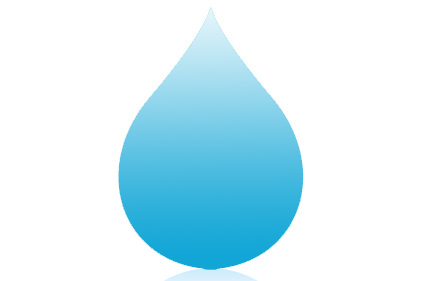Letters to the Editor -- February 2015
Here are letters from PM readers.

Sensor faucets good for hygiene, not water savings
While I found Nadia Askar’s article on touchless faucets for residential to be very informative, “A hands-free, germ-free future,” (Plumbing & Mechanical October 2014), I wish to point out one error that seems to crop up frequently in pieces about sensor faucets. That error is the statement in the second paragraph where she provides some background on sensor faucets in commercial applications. The statement that such faucets (in commercial) “help save up to 70% of water” is without any basis whatsoever in fact.
Over the years, water efficiency advocates and others have performed several field studies of water use at the commercial lav faucet, every one of which shows water use goes up, not down, when a manual faucet is replaced with the sensor-activated faucet. I learned at least 10 years ago that the “70% savings” number was a totally made-up number by some manufacturers as part of their marketing and sales work. Two manufacturers, in fact, admitted to me that it was nothing more than a sales gimmick created out of guesswork.
While I would never apply the same criteria to residential as I would to commercial, I think the “70%” should be left out of any conversation on this topic. And those persons promoting touchless faucets for residential on any other basis than hygiene and convenience also should stay away from guessing or creating water savings numbers that are not based upon real world, independent studies. These faucets are terrific for hygiene and I support their use for that reason alone, but fictitious water savings is another matter entirely.
John Koeller, P.E.
MaP TESTING
Yorba Linda, Calif.
No air testing for plastic pipe
Regarding the winning Tool Tip in the November 2014 issue, which explains how to pressure-test PEX plumbing systems with air: The National Standard Plumbing code does not allow air testing of plastic piping.
Dan O’Gorman
Edison, N.J.
Looking for a reprint of this article?
From high-res PDFs to custom plaques, order your copy today!





